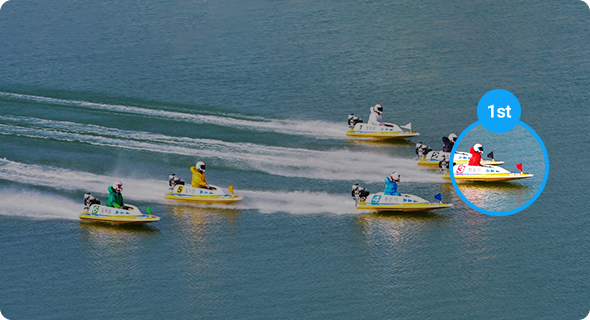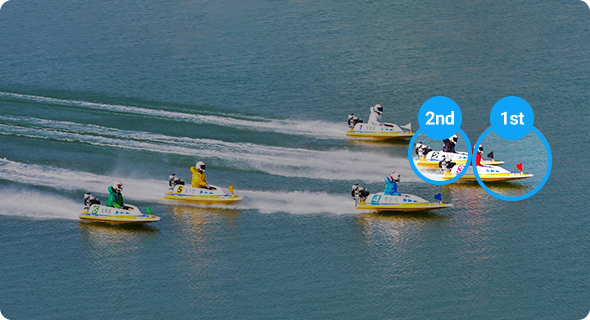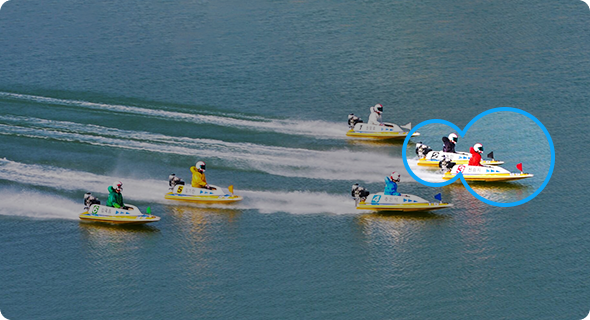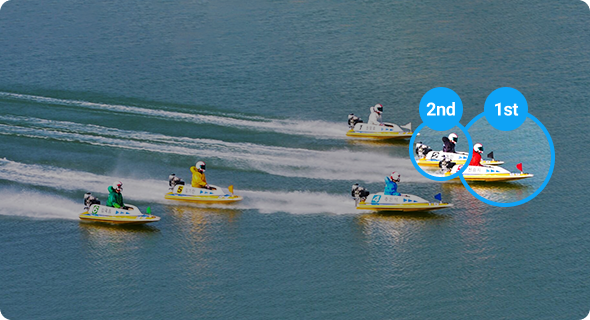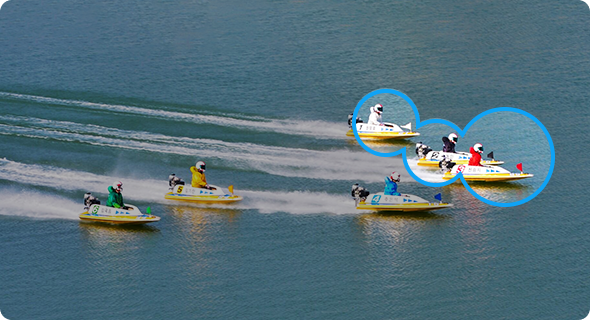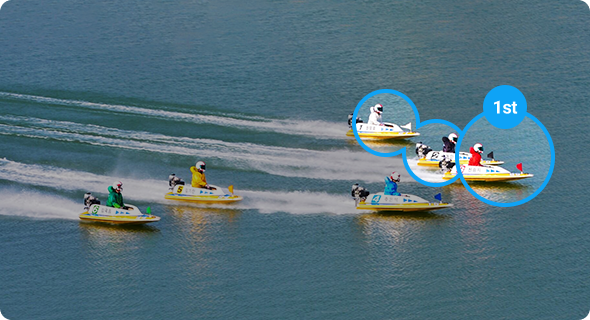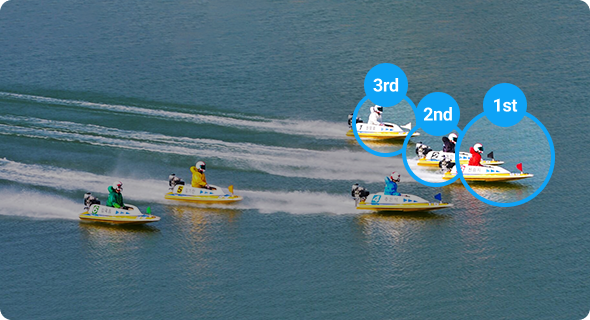

Please wait a moment!
The page is loading!


The page is loading!
Are you new to K-Motorboat Racing? Let’s learn about it together
Thrilling races await spectators at the K-Motorboat racing stadium. By learning basic information about K-Motorboat racing, you can enjoy it even more.
Operation of K-Motorboat Races
The General Headquarters for K-cycle Racing and K-Motorboat Racing under the Korea Sports Promotion Foundation organises Boat Racing every year based on Article 4 of the Act on K-cycle Racing and K-motorboat Racing and Chapter 2 of K-motorboat Racing Regulations. An annual race schedule is planned, approved by the Minister of Culture, Sports, and Tourism, and detailed internal plans are created accordingly.
Race Composition System
Support and Management of K-Motorboat Racing Riders
The General Headquarters for K-cycle Racing and K-Motorboat Racing ensures that riders staying at the rider’s dormitory for race participation can focus entirely on their events in a comfortable environment. Surrounding environments and internal facilities are continually improved.
K-Motorboat racing Management
Placing points are awarded based on the order of finishing a race. The points are allocated differently depending on the race grade as shown below.
In the event of a tie judgement, all riders are awarded the corresponding placing points.
| Classification | 1st Place | 2nd Place | 3rd Place | 4th Place | 5th Place | 6th Place |
|---|---|---|---|---|---|---|
| Standard/Event Races | 10 points | 8 points | 6 points | 4 points | 2 points | 1 point |
| Other than Standard/Event Races | 11 points | 9 points | 7 points | 5 points | 3 points | 2 points |
| Classification | Ranking | Score |
|---|---|---|
| Standard/Event Races |
1st Place | 10 points |
| 2nd Place | 8 points | |
| 3rd Place | 6 points | |
| 4th Place | 4 points | |
| 5th Place | 2 points | |
| 6th Place | 1 point | |
| Other than Standard/Event Races |
1st Place | 11 points |
| 2nd Place | 9 points | |
| 3rd Place | 7 points | |
| 4th Place | 5 points | |
| 5th Place | 3 points | |
| 6th Place | 2 points |
Incident points are penalty points given to riders for disqualification, warnings, or cautions during a race, and they are assigned as follows according to the violation.
| Classification | Exclusion from Race (I) | Disqualification due to Violations | Exclusion from Race (II) / Other Disqualifications | Foul Warnings | Warning | Caution | |
|---|---|---|---|---|---|---|---|
| Rider’s Responsibility | Standard Special Title Races | 15 points | 7 points | 4 points | 2 points | 1 point | 0.5 points |
| Grand Prix Race Final Race | 15 points | 10 points | 4 points | 4 points | 1 point | 0.5 points | |
| Beyond Rider's Responsibility | All are set to 0 points and excluded from the number of entries | ||||||
| Classification | Penalty Categories | Score |
|---|---|---|
| Standard Special Grand Prix Race (Rider’s Responsibility) |
Exclusion from Race (I) | 15 points |
| Disqualification due to Violations | 7 points | |
| Exclusion from Race (II) Other Disqualifications |
4 points | |
| Foul Warnings | 2 points | |
| Warning | 1 point | |
| Caution | 0.5 points | |
| Grand Prix Race Final Race (Rider’s Responsibility) |
Exclusion from Race (I) | 15 points |
| Disqualification due to Violations | 10 points | |
| Exclusion from Race (II) Other Disqualifications |
4 points | |
| Foul Warnings | 2 points | |
| Warning | 1 point | |
| Caution | 0.5 points | |
| Beyond Rider’s Responsibility | All are set to 0 points and excluded from the number of entries | |
A numerical measure of an Rider’s race capability, calculated by dividing the total placing points (awarded based on race placings) by the number of races entered.


It is calculated by dividing the total incident points during the relevant grading evaluation period (first or second half of the year) by the number of races entered, serving as an objective figure that most easily indicates a rider's ability.


It is the score obtained by subtracting the average incident point from the average placing point.


The winning percentage refers to the number of times a riders has come in first place divided by the number of races entered, expressed as a percentage.






The tilt angle refers to the angle at which the motor is attached to the boat (the angle between the propeller side and the surface of the boat). For Standard leisure outboard motors, an automatic adjustment mechanism allows the tilt angle to be modified even during operation. However, racing motors for K-Motorboat racing are simplified machines designed for lightness and to prevent malfunctions. As such, the tilt angle must be reported and fixed two hours before the race begins.
Types of bets in this game involve predicting race outcomes and placing bets accordingly. These include seven distinct types of bets, such as predicting first place, first and second places, or first, second, and third places combined.
